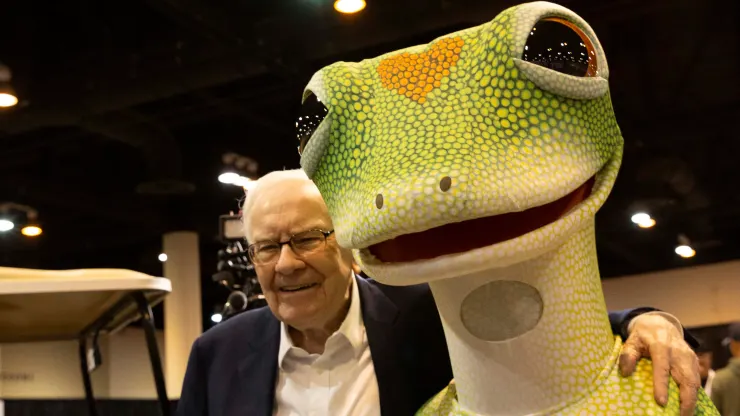South Africa’s ride-hailing market has grown considerably over the past several years, becoming a massive R7 billion industry with no signs of slowing down.
Vincent Lilane, Business Development Representative at inDrive, highlights that approximately 21% of South Africans now rely on e-hailing services, marking a substantial shift in urban transportation dynamics.
Despite this growth, the sector faces several critical challenges that could impede further development if left unaddressed.
Issues such as equitable pricing structures for drivers and passengers, concerns over passenger and driver safety, and the need for greater empowerment of drivers are among the key hurdles identified.
“Remember, drivers are the lifeblood of this industry, and their well-being directly impacts its success,” with many earning well below minimum wage,” said Lilane.
South Africa’s ride-hailing market, with an estimated R6.01 billion in revenue in 2023, is highly competitive. Strong local players such as Uber, Bolt, and inDrive to name a few are battling it out and itching for market dominance.
The industry itself is gearing up for further growth. By 2029, it is projected to reach R8.11 billion in annual revenue and serve a user base of around 14.5 million people, according to Statista.
Lilane said that this is “fueled by influences such as evolving customer preferences, unique local conditions, and underlying macroeconomic factors.”
“However, to unlock its full potential, the industry must address present challenges while simultaneously capitalising on growth opportunities,” he added.
Lilane said that doing so is likely to greatly maximise the ride-sharing industry’s job creation and GDP contributions, benefiting both the economy and people.
“By empowering drivers, prioritising safety, and embracing new possibilities, the e-hailing industry could serve as the driving force in shaping a transportation ecosystem that benefits all South Africans – passengers, drivers, and businesses alike,” he said.
Source: TRADE FINANCE



